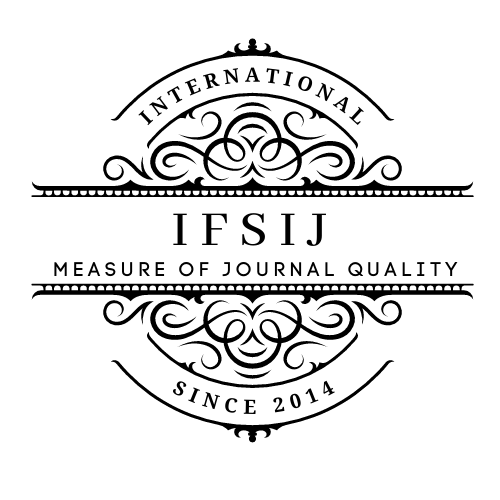GRAMMAR INSTRUCTION IN TEXTBOOKS: A COMPARATIVE ANALYSIS OF ACCESSIBILITY FOR VISUALLY IMPAIRED STUDENTS
Keywords:
Visual impairment, grammar instruction, second language acquisition, inclusive education, multisensory learning, special education, language development.Abstract
This article explores the challenges and strategies involved in teaching grammar to visually impaired students. It examines relevant theories of language acquisition, including Universal Grammar, the Input Hypothesis, and Vygotsky's sociocultural theory, and discusses the unique needs of visually impaired learners within the context of special education. The article emphasizes the importance of multisensory approaches, assistive technologies, and inclusive instructional practices in facilitating grammar learning for this population. Key strategies discussed include the use of tactile materials, auditory aids, and technology-enhanced learning environments. The article concludes with recommendations for educators and researchers to further enhance grammar instruction for visually impaired students and promote their successful language development.
Downloads
Published
Issue
Section
License

This work is licensed under a Creative Commons Attribution-NonCommercial-NoDerivatives 4.0 International License.















